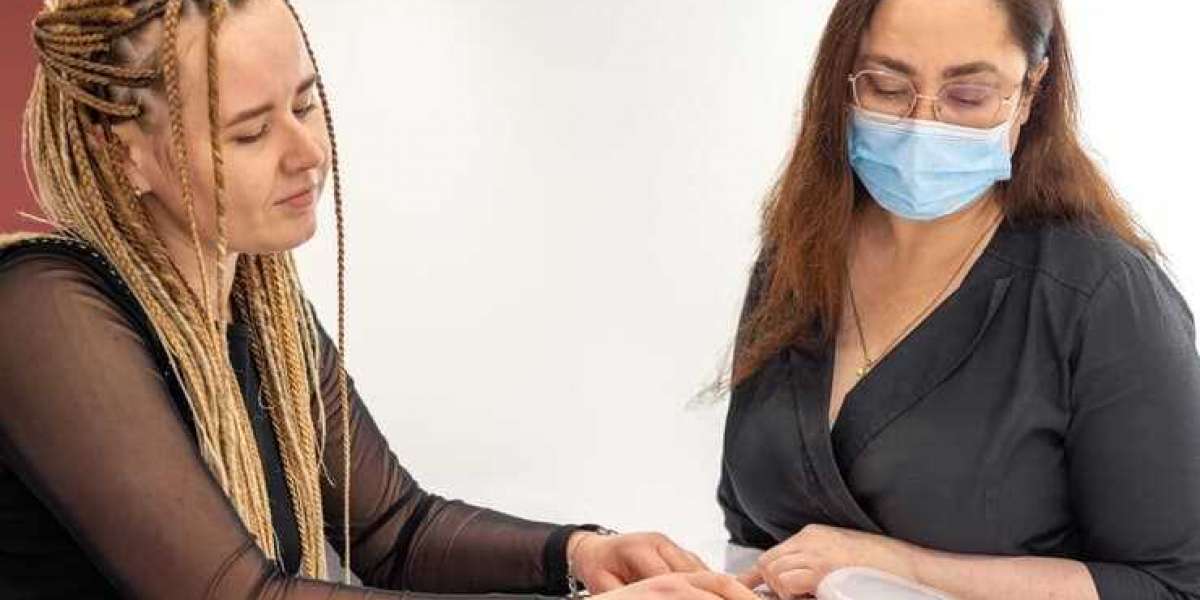Rosacea is a common, chronic skin condition that primarily affects the face, leading to redness, visible blood vessels, and sometimes acne-like bumps. It can be uncomfortable and may significantly impact an individual's quality of life. For those experiencing symptoms of rosacea, obtaining an effective treatment plan is essential. This article outlines the steps involved in getting a prescription for rosacea treatment, encompassing diagnosis, consultation, and appropriate management strategies.
Understanding Rosacea
Before diving into the process of obtaining a prescription for rosacea, it's crucial to understand what the condition entails. Rosacea typically manifests in four subtypes:
- Erythematotelangiectatic Rosacea: Characterized by flushing, persistent redness, and visible blood vessels.
- Papulopustular Rosacea: Often resembling acne, this subtype features red bumps and pus-filled lesions.
- Phymatous Rosacea: This subtype can lead to thickening of the skin, particularly on the nose.
- Ocular Rosacea: This affects the eyes, causing redness, irritation, and in some cases, vision problems.
Causes and Triggers
While the exact cause of rosacea remains unclear, several factors may contribute to its development. Common triggers include:
- Environmental Factors: Sun exposure, wind, and extreme temperatures can exacerbate symptoms.
- Diet: Certain foods and beverages, such as spicy foods and alcohol, may trigger flare-ups.
- Stress: Emotional stress and anxiety can lead to increased redness and irritation.
- Hormonal Changes: Fluctuations in hormones can also play a role, particularly in women during menopause.
Initial Consultation
The first step in obtaining a prescription for rosacea is to consult a healthcare professional. This may be a general practitioner or a dermatologist specializing in skin conditions.
Preparing for the Appointment
Before the appointment, individuals should prepare by:
- Documenting Symptoms: Keep a record of symptoms, including their frequency and severity. Note any triggers that worsen the condition.
- Medical History: Be ready to discuss personal and family medical history, including any previous skin conditions or treatments.
- List of Medications: Compile a list of current medications and supplements, as they may affect treatment options.
What to Expect During the Consultation
During the consultation, the healthcare provider will conduct a thorough examination of the skin and ask about symptoms and triggers. They may use tools like a dermatoscope to assess the condition more closely. Based on this evaluation, the provider will determine whether a prescription for rosacea is appropriate.
Diagnosis
To receive a prescription for rosacea treatment, a proper diagnosis is essential. Rosacea is often diagnosed based on the appearance of the skin and the symptoms described by the patient. In some cases, the provider may perform additional tests to rule out other skin conditions, such as acne or eczema.
Typical Diagnostic Criteria
- Facial Redness: Persistent redness on the central face.
- Pustules and Papules: Presence of red bumps or pus-filled lesions.
- Visible Blood Vessels: Telangiectasia or dilated blood vessels on the face.
- Burning or Stinging Sensations: Irritation or discomfort in the affected areas.
Treatment Options
Once diagnosed, the healthcare provider will discuss treatment options. Treatments for rosacea vary based on the subtype and severity of the condition. Commonly prescribed medications include:
Topical Treatments
- Metronidazole: An antibiotic that reduces inflammation and redness.
- Azelaic Acid: Helps to reduce swelling and redness while also addressing acne-like symptoms.
- Ivermectin: Effective against inflammatory lesions and works by reducing skin mites that may contribute to rosacea.
Oral Medications
For moderate to severe rosacea, oral medications may be necessary. These can include:
- Antibiotics: Such as doxycycline or minocycline, which can help reduce inflammation and redness.
- Isotretinoin: In severe cases, this powerful medication may be prescribed, though it has potential side effects.
Other Treatment Options
- Laser Therapy: For those with visible blood vessels, laser therapy may help reduce redness and improve skin appearance.
- Intense Pulsed Light (IPL): This treatment can also target blood vessels and redness effectively.
Lifestyle Changes and Home Remedies
In addition to medical treatments, lifestyle changes can play a significant role in managing rosacea. Patients are encouraged to:
- Identify and Avoid Triggers: Keeping a diary can help pinpoint what exacerbates symptoms.
- Use Gentle Skin Care Products: Opt for non-irritating, fragrance-free products to avoid further irritation.
- Wear Sunscreen: Protecting the skin from the sun is vital, as UV rays can worsen rosacea symptoms.
- Maintain a Healthy Diet: A balanced diet rich in fruits, vegetables, and whole grains can support skin health.
Follow-Up Appointments
After starting treatment, follow-up appointments are essential to monitor progress and make necessary adjustments. The healthcare provider may ask about any side effects experienced and the overall effectiveness of the treatment plan. This feedback is crucial for tailoring the approach to individual needs.
Adjusting the Treatment Plan
If the initial treatment is ineffective, the healthcare provider may recommend:
- Switching Medications: Trying different topical or oral medications.
- Combining Treatments: Using a combination of topical and oral treatments for better results.
- Incorporating New Therapies: Exploring options like laser treatments or dietary changes.
Conclusion
Obtaining a prescription for rosacea treatment involves a comprehensive approach, starting with a consultation and diagnosis, followed by a tailored treatment plan. With the right medications and lifestyle adjustments, individuals can effectively manage their symptoms and improve their quality of life. If you or someone you know is struggling with rosacea, consider reaching out to a healthcare professional for guidance.
For personalized care and expert advice, connect with EIR DOC today. Take the first step towards clearer skin and a more confident you!






